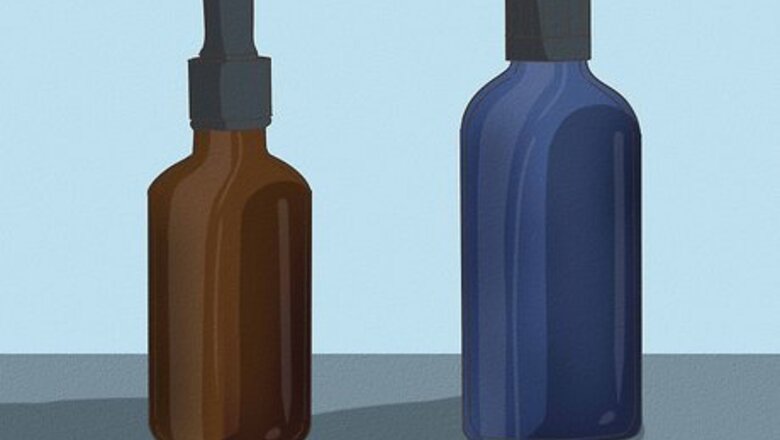
views
Choosing the Right Bottle
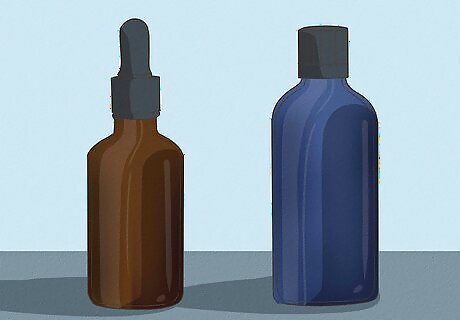
Store your oils in dark glass bottles. Exposure to light can cause essential oils to oxidize rather quickly. As this happens, they typically lose their fragrance and any therapeutic qualities they may have had. Because of this, clear glass and plastic bottles should be avoided at all costs. Amber and cobalt-blue glass bottles are fairly common. Green and violet glass is also somewhat common. These dark glasses will help reduce the risk of oxidation, but they will not eliminate that risk. Plastic, no matter what color it is, should generally be avoided. PET and HDPE plastics will not deteriorate from oil storage, but most other plastics are easily broken down by oil.
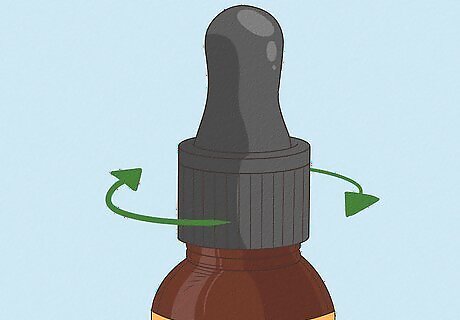
Make sure the caps are airtight. Exposure to air can cause oils to oxidize just as much as exposure to sunlight. Because of this, it's important to ensure that your bottles have an airtight seal. Most screw-on caps will have a good seal, but any bottle that uses decorative plug-in stoppers should be checked to make sure air cannot get in and oil cannot get out.
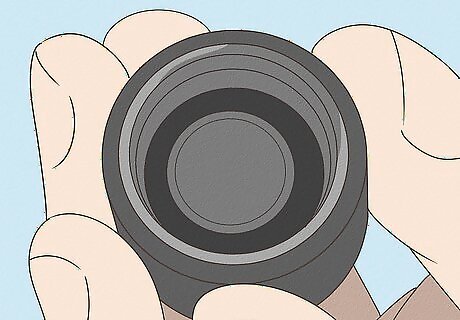
Use solid caps instead of rubber bulb-capped lids. Many oil bottles come with a rubber bulb built into the cap. This is to facilitate easier application of the oils inside. These lids may be convenient, but the rubber will deteriorate over time. Even after a relatively short period of storage, the rubber inside the bulb can disintegrate and may even leak down into your oil. Choose solid screw-on caps. Only use rubber bulb applicators when you're actually drawing out or applying the oil.
Storing Oils In a Stable Environment
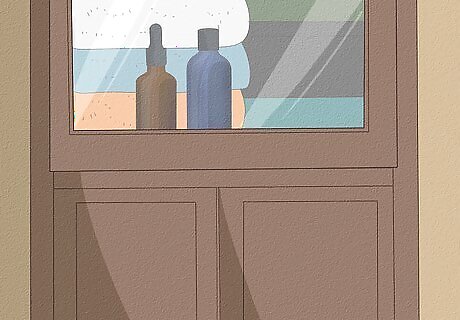
Keep stored oils out of direct sunlight. Avoid storing your oil in any location that leaves oil in direct sunlight, including bathroom or bedroom shelves. Sunlight can cause oils to oxidize in just a few months. You can store them in a closet or inside a drawer, though there's no way to regulate the temperature in a storage spot like this. The best place to store essential oil is in a cool, dry place with a well-regulated temperature.

Store oils in a refrigerator. Refrigeration is ideal for oil storage. Keeping the oils in a refrigerator will protect them from sunlight, reduce the chances of air exposure, and help keep the oil stable in the cooler temperature. The actual temperature is important, but it's more important to prevent fluctuations in temperature. Set your refrigerator between 41 and 50 degrees Fahrenheit (5 to 10 degrees Celsius) for optimal oil storage. Don't be alarmed if certain oils congeal or solidify at normal refrigerator temperatures. The quality will not be adversely affected, and the oil should return to its liquid state after being removed from the refrigerator. Try to take oils out of the refrigerator approximately 12 hours before you'll be using them. This should be an adequate amount of time for the oils to return to room temperature. Do not put oils in the freezer, as freezing may damage the oil and diminish its quality.
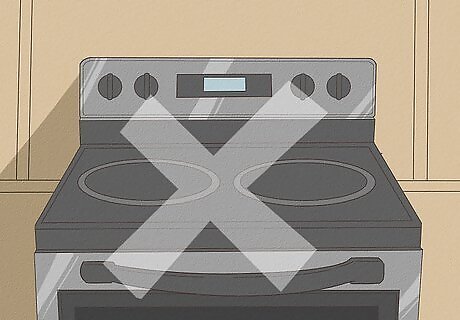
Avoid heat sources. Most essential oils are flammable. They're often made with alcohol, which can quickly catch fire if left near a fire, candle, or stovetop. If properly stored, though, and kept away from sources of heat, your oil should be perfectly safe to keep around the house.
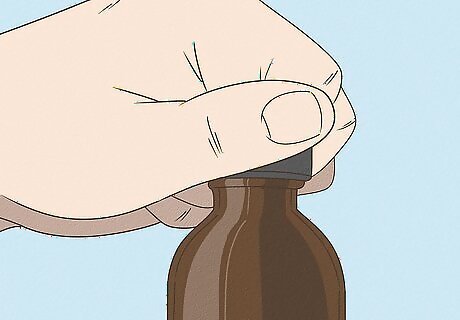
Keep the cap tightly closed on the bottle. Leaving the cap off your bottle of oil will expose the oil to the air. This may result in oxidation, diminished fragrance quality, and even evaporation. Only take the cap off the bottle when you're ready to use that oil, and make sure you tightly seal the bottle immediately after using the oil.
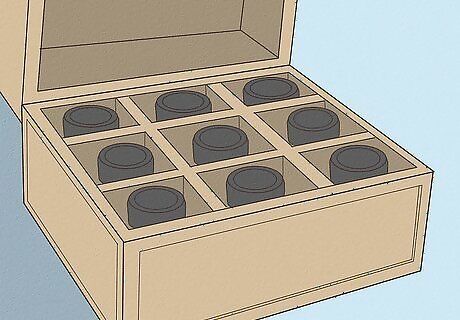
Consider investing in an aromatherapy storage box. If you're serious about building your essential oil collection, you may want to consider purchasing an aromatherapy box. These containers are built to store all of your oils in one place and shield them from sunlight. Some boxes may also provide some slight insulation from extreme temperature fluctuations.
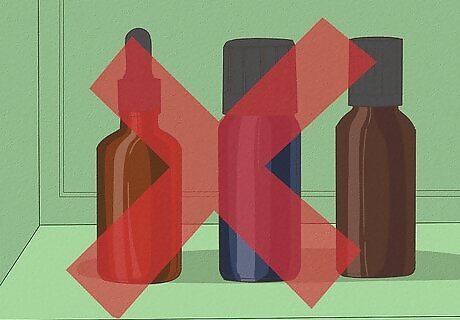
Avoid storing oils on easily-damaged surfaces. Preserving the oil shouldn't be the only precaution you take in storing your bottles. Leaving pure essential oils on certain materials, such as paper, plastic, or painted/polished surfaces, could damage those surfaces. Oil can easily stain, so be careful of what you get your oils on and where you mix or store them.
Evaluating the Quality of Essential Oils
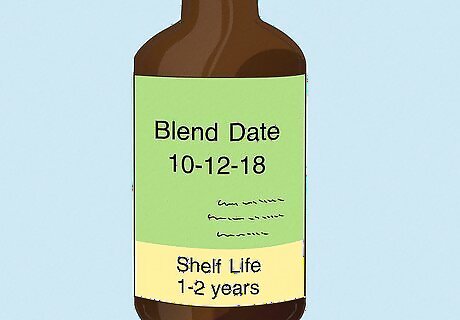
Check when oils were blended or bottled. Most diluted essential oils should be marked with a bottling or blending date. This date lets you know when the pure essential oil was altered to produce the diluted product. Any essential oil, whether pure or diluted, has a limited shelf life, and proper bottling won't guarantee a quality oil after prolonged storage. There are many different types of essential oil, though they usually fall into a narrower category. Talk to an aromatherapy expert or search online to determine which category your essential oils fall into. Blended oils should typically be used within four to six months. Oils that are diluted with distilled water should ideally be used within two weeks. Citrus oils are typically somewhat short-lived. Try to use citrus oils within six to nine months, if possible. Monoterpene-rich oils, Aldehyde-rich oils, and Ester-rich oils have a shelf life of one to three years. Oxide-rich oils generally last between one to four years. Monoterpenol-rich oils, Ketone-rich oils, and Phenol-rich oils usually last three to five years. Sesquiterpene-rich oils and Sesquiterpenol-rich oils have a shelf life of six to eight years, with some oils lasting even longer if properly stored.
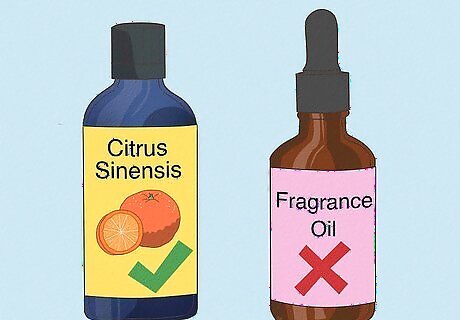
Check the label for higher-quality oil. How a bottle is labeled can tell you a lot about the quality of the oil inside. However, it's important to remember that essential oils are not regulated by the Food and Drug Administration, so there is no way of verifying that the information on the label is 100% accurate and true. Most quality essential oils will display the Latin name of that oil's plants on the label. Pure essential oils should be labeled as such, though there's no guarantee that labels won't mislead consumers. If the label says "pure essential oil" or "100% essential oil," though, there's a good chance it's a higher quality oil. Avoid any oils labeled as "fragrant oil" or "potpourri oil," as these are most likely synthetic. Synthetic oils may smell like essential oils, but they may cause allergic reactions and will not provide any therapeutic effects.
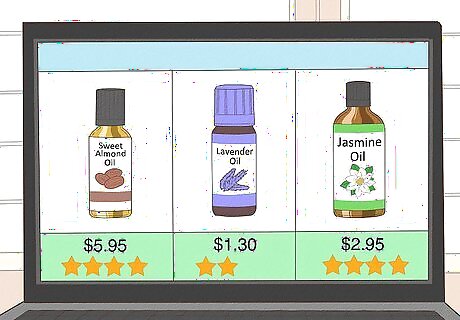
Look at the price of oils to assess their quality and purity. A high-quality oil will typically come with a slightly higher price tag, while cheaper oils are typically of a lower quality. Just as labels aren't necessarily a guarantee of quality, the cost of a given oil may also be inflated. However, as a general rule, you get what you pay for.




















Comments
0 comment